Newegg via eBay has
Seasonic ARCH Q503 Mid-tower Case with Seasonic CONNECT 650W 80 PLUS Gold Power Supply, Seasonic CONNECT Module & Three Pre-installed Fans for
$149.99.
Shipping is free.
Newegg has
Seasonic ARCH Q503 Mid-tower Case with Seasonic CONNECT 650W 80 PLUS Gold Power Supply, Seasonic CONNECT Module & Three Pre-installed Fans for
$149.99.
Shipping is free.
Thanks to Community Member
BigTymer for posting this deal.
Key Features:
- Modularity and Clean Look: The Seasonic CONNECT Module is a cable management hub that helps to reduce cable clutter inside the case by providing an optimized, flexible solution for component installation.
- 80 PLUS Gold Efficiency: Eco-friendly operation wastes less energy during power conversion to lower energy consumption.
- Premium Hybrid Fan Control: The fan control button at the back of the power supply allows users to customize their cooling needs by selecting between two stands: S2FC (fan control without Fanless Mode) or S3FC (fan control including Fanless Mode).
- Tempered Glass Side Panels: The glass side panels are removable to facilitate component installation and cleaning, and they also offer a view to the interior of the system.
- Three Pre-installed Cooling Fans: In total, there is room for up to eight 120 mm fans inside the case for ultimate cooling.
- Steel Plate Chassis (0.7 mm): The sturdy steel plate construction significantly increases durability and dampens noise.
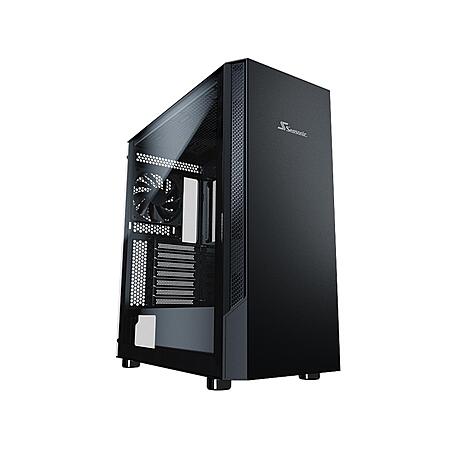
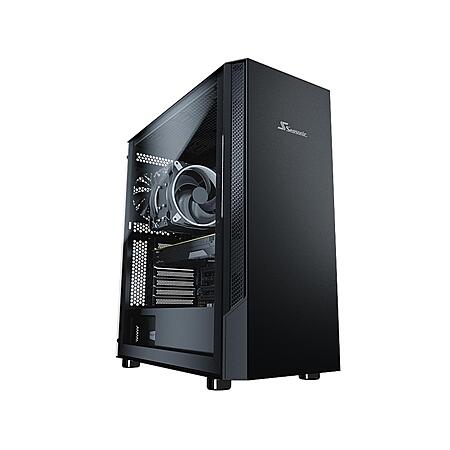
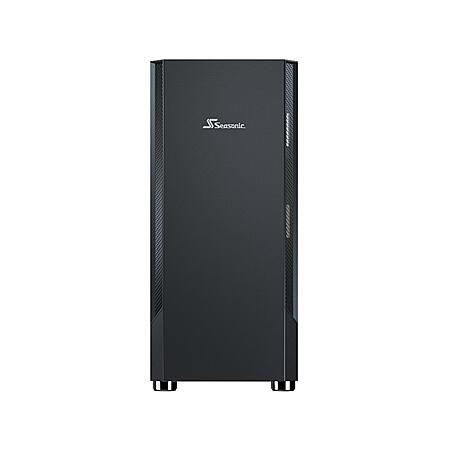
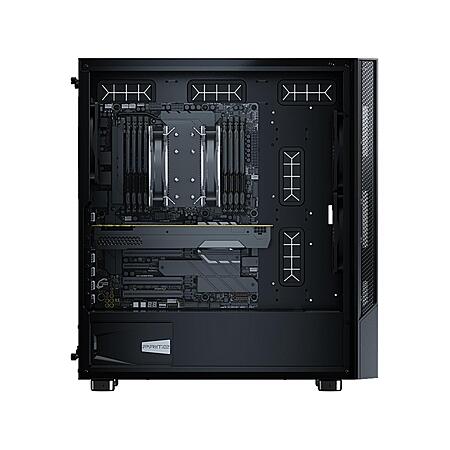
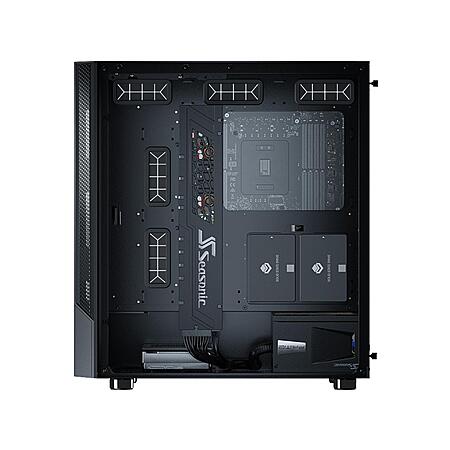
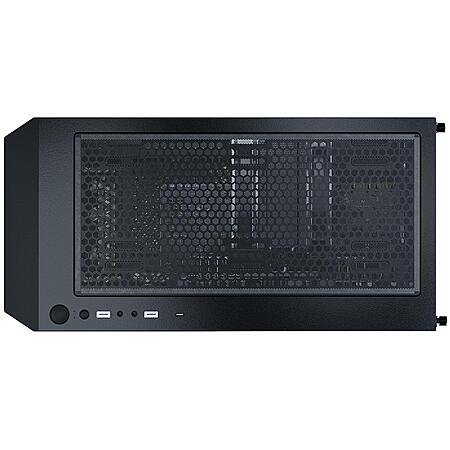
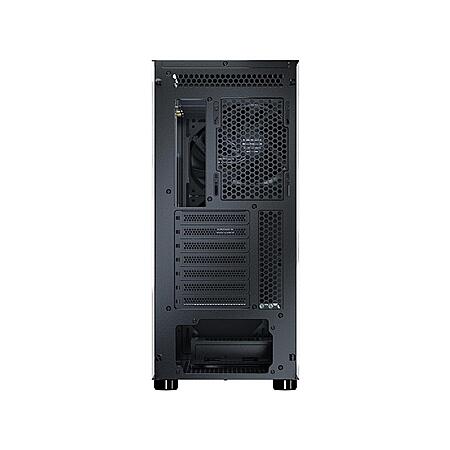



Leave a Comment
Top Comments
You are correct about toaster ovens though. Toaster ovens use a lot more power (typically 1200 to 1400 watts).
39 Comments
Sign up for a Slickdeals account to remove this ad.
The other thorn in my side is that I put my build into one of those PSU wattage calcs and it spit out a minimum 700W requirement for the build. I'm not experienced with PC building so it feels like getting a 650W PSU for a 700W build is asking for trouble.
What do you think? How reliable are those calculators? Do I need to get a 750-850W to be safe?
My build is relatively equivalent to BrainDoc's but instead it has a better CPU (about 10% better performance overall on UserBenchmark)
Using my typical process for BrainDoc's list, I'd give 250W to the graphics card (220W TDP), 150W to the CPU (105W TDP) and another 100W to the rest and that still leaves peak draw somewhere around 500W. Typically, for example, you can generously budget 50W for your motherboard and RAM but I thought I'd assume a worst case of "multiple" SSDs where he hung six (6) SATA SSDs off every available port. In that scenario I, too, would have paired a 650W power supply with that load. Ideally most of the time that system is in the 20-50% range of the load (so operating in the peak efficiency range of the power supply) but I also wouldn't be likely to blow up the power supply if I decided to run some stress tests to make sure my CPU and GPU weren't flaking out.
Do consider that there are genuinely other factors around current ratings for specific voltage outputs which might, for example, recommend not pairing the list above with some random, low-efficiency power supply rated for 500W. There are also some variables still at play for more modern CPUs and GPUs like the 30-series GPUs since many models can actually draw more than their rated power limits in certain scenarios (whereas previously TDP was a good measure of peak power draw). Of course, as you saw above I try to account for this by generously rounding up whenever possible... but then I also don't proceed to buy a power supply significantly over-rated as that has negative implications for efficiency while also historically providing little to no value for future-proofing.
However, assuming you buy from a reputable power supply brand and model series, stay generally below the operating limits of the power supply for total power, and don't operate your PC in some edge case scenario (folding proteins? simulating weather?) you can probably stay out of the weeds of the deeper specifications of a given power supply. If anything, be grateful for some of the standardization that has come along with the 80 PLUS labeling initiative. Back in the day shopping power supplies was like car stereos because the top line wattage numbers were often meaningless indicators and every purchased required some in-depth investigations into efficiency and current ratings.
Good luck!
Jon
Example: for someone who plans to run non-OC'd upper-midrange CPU+GPU (something like a 13600K + 3070), and an SSD or two, with say, 16GB of RAM and a few case fans, you're looking at less than 340W max sustained load. That's 52% of the capacity of a 650W PSU.
Gaming is actually not that stressful on a CPU (much less than what something like Prime95 would pull), and a 3070 pulls ~220W sustained peak. Momentary peaks would add less than 100W for a split second here and there, but 440W is still way below what this PSU outputs. (I'm glossing over some discussions of the 12V rail etc. because it's not relevant when talking about this level of load on a 650W PSU.)
https://www.techpowerup
https://www.techpowerup
A 3080 adds 85W, so sustained load of ~420W with peaks to ~520W maybe. Still well below 650W.
https://www.techpowerup
Where people run into monster power draws is with overclocks, or with highest-end hardware. I don't see the point of OC'ing; it wears out your hardware faster and for only modest gains. But I concede that there is no way a 4090 will be happy with a 650W.
Also, be careful of "cheap" high-wattage PSUs that use sleeve-bearing fans. Even companies with good reputations sometimes skimp on that. Sleeve bearing = quiet, but high risk of failure after several years, though it's less of a problem if the PSU has fan speed of zero at idle AND if you mostly idle or don't use the PC. This Seasonic uses a hydraulic-bearing fan. Accept nothing less than hydraulic, rifle, or ball-bearing fans for a PSU.
That said, the Lian Li deal for a little more money is also ok if you need the extra 100W and don't mind that it's SFX-size by a less-well-known OEM with half the warranty and probably louder noise. I do, which is why I got the Seasonic instead.
Specifically, the Lian Li apparently uses ball bearings (or hydraulic? different sources say different things but they all say 92mm) in a puny 92mm fan, unlike the Seasonic's beefy 135mm fan which has 2.2 times the surface area of the 92mm fan. Plus the Lian Li packs all that wattage into a smaller volume (SFX size) in the first place. Result: the Lian Li's puny fan has to spin up fast to deal with that energy density = louder under load than the Seasonic, all else equal. I've never heard of the OEM designer of the PSU before ("Helly"... what the Helly is that?), and the warranty is 5 years unlike Seasonic's 10 years. https://www.anandtech.c
Have a couple cases I purchased a couple years ago then had some issues with deciding on parts and then had family issues and put cases in storage. Want to get them built into decent machines soon.
Thanks
For motherboards I use the ASROCK B550-ITX/ac motherboard that has builtin WiFi. Very nice board.
Sign up for a Slickdeals account to remove this ad.
it arrived in a week and looks good
Leave a Comment